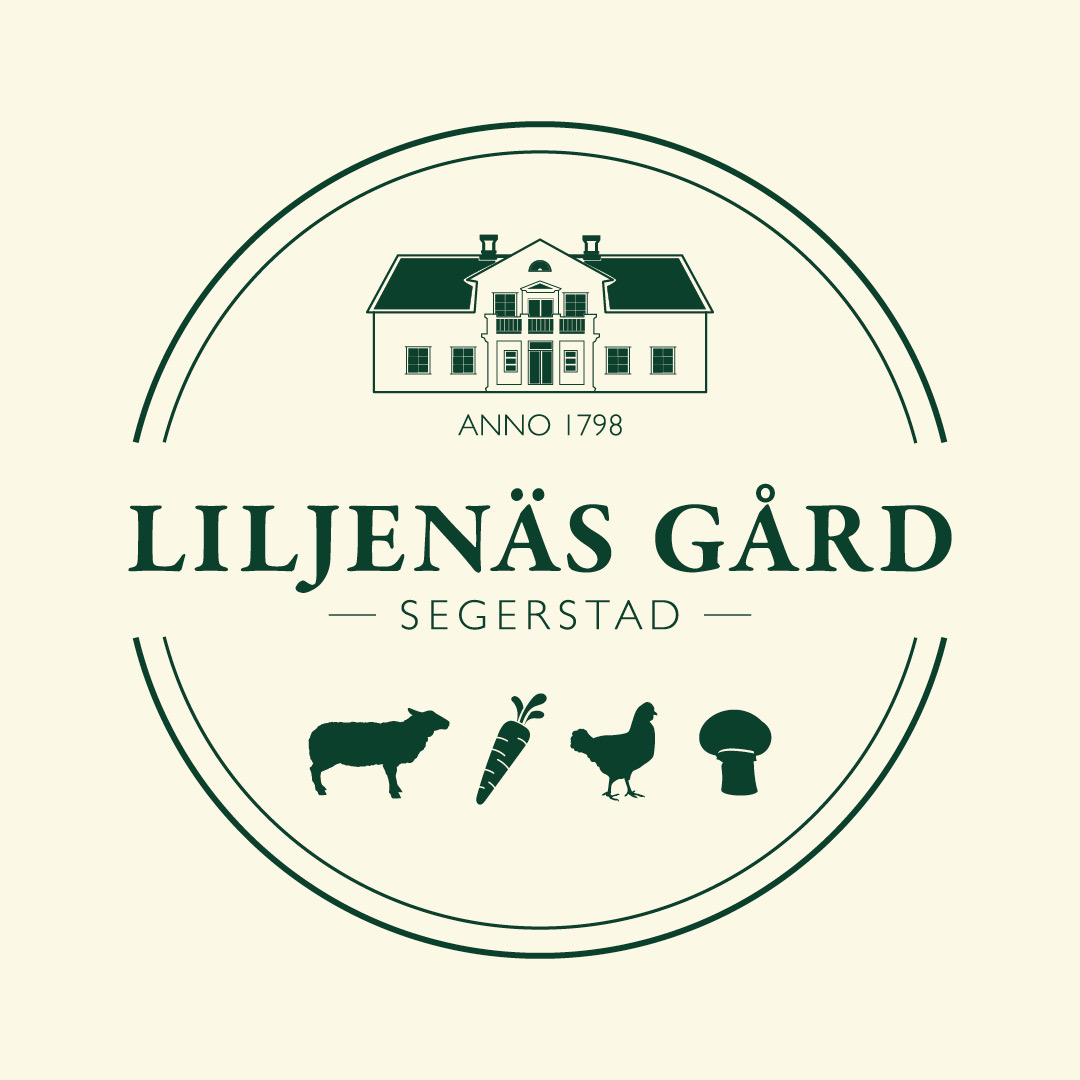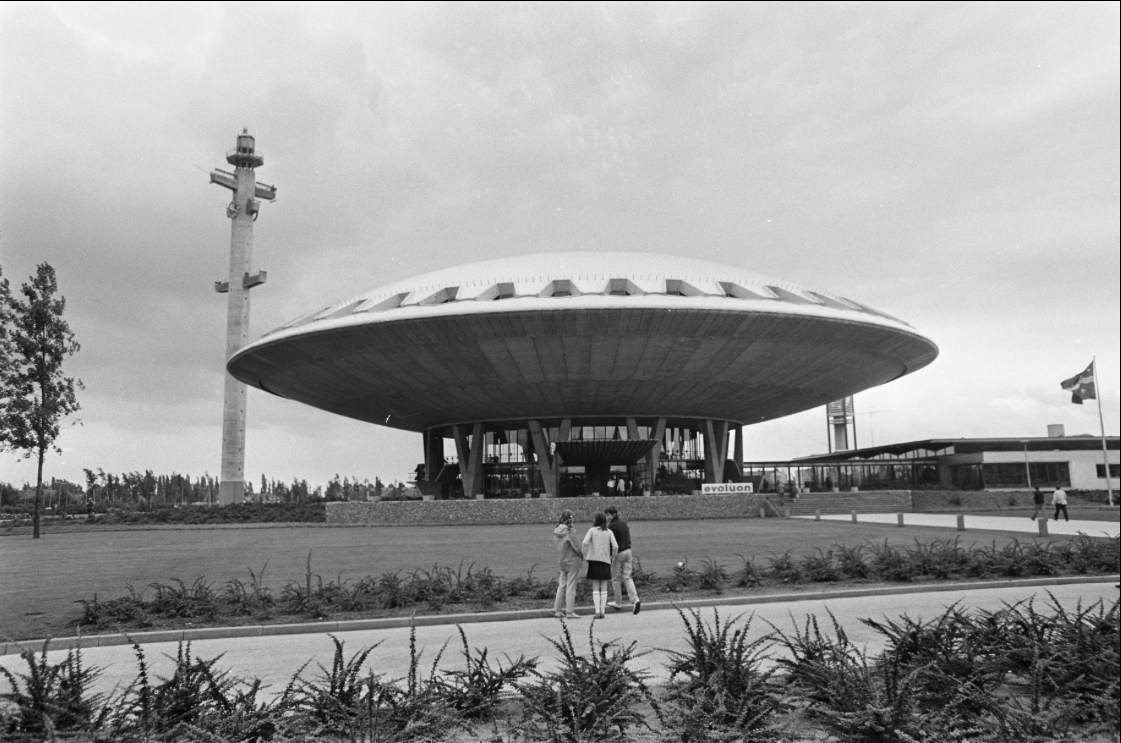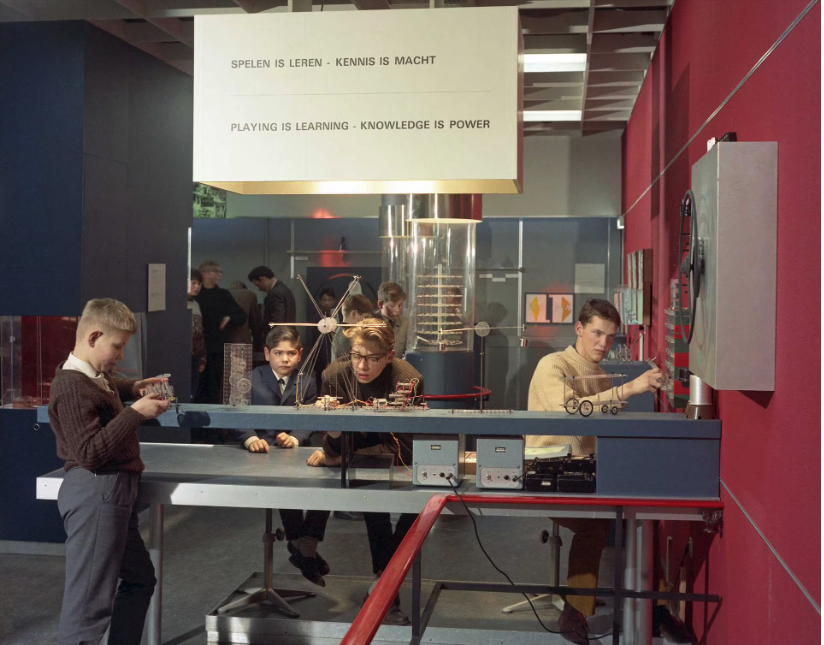Who created these water colours ?
Titled in Dutch: "De keuken" (the kitchen) and "Strijken" (ironing).
(Found and acquired in an auction in 2024).
Liljenäs gård, a former manor and “fideicommiss” (“inheritable with restrictions”) and architectural gem is located on the northern shore of Bolmen. The farm dates back to the 16th century, then under the name Bolmsnäs. The farm became a manor in 1637 and was then owned by Göran Andersson Stierna. When the Lillienberg family acquired the manor in the 18th century, the name was changed to Liljenäs and the property then also became a fideicommission. The old main building burned down during the 19th century. Both wing buildings remain, both built in the 1760s.
In 1908 the City of Stockholm bought the farm buildings and the rest of the Lillsjönäs plots. An orphanage with an educational institution and a country school was established in 1911.
Boys were trained in 'agricultural and horticultural professions' and girls as 'domestic servants'. This educational and support activity was new and untested, and the one at Lillsjönäs was the first in the country.
After WW-II the IAL (International Labor Law - SCI Sweden), a non-profit association that works for peace through international volunteer work was involved in running the farm and training facilities.
The association was founded in 1943, then under the name International Labor Law (IAL) and soon became the Swedish branch of Service Civil International (SCI).
"We are an association with a long history (1943) that wants to work for a peaceful world. We believe that when people from different countries and cultures work together for a non-profit project, the conditions for a culture of peace are created. The non-profit projects can be about, for example, environmental issues or helping socially vulnerable groups. The association has no profit interest and the operation is based on voluntary work. The association is religiously and politically independent".
All pictures and text borrowed freely from the Internet for friendly, educational and non commercial use only




































.jpg)